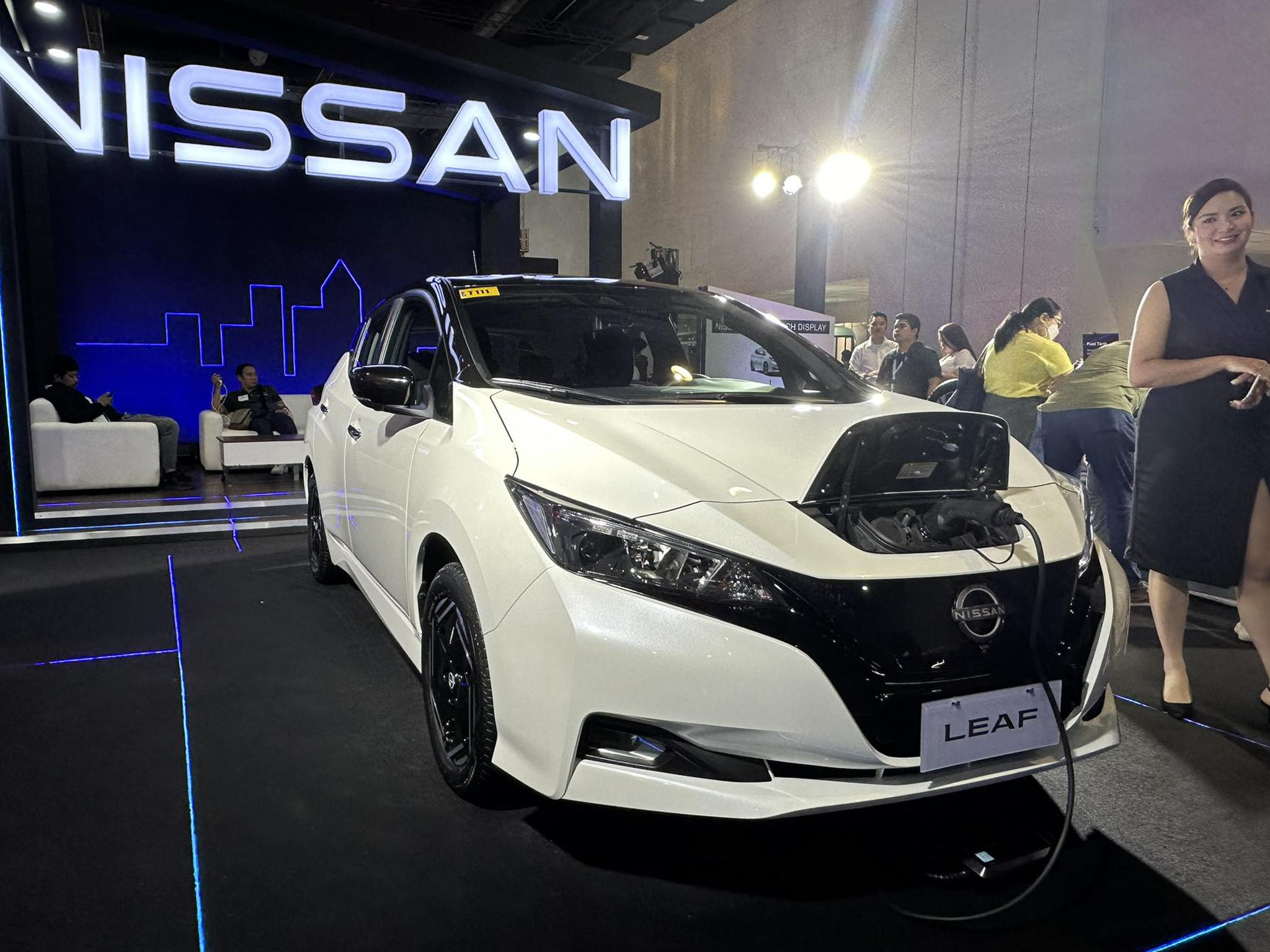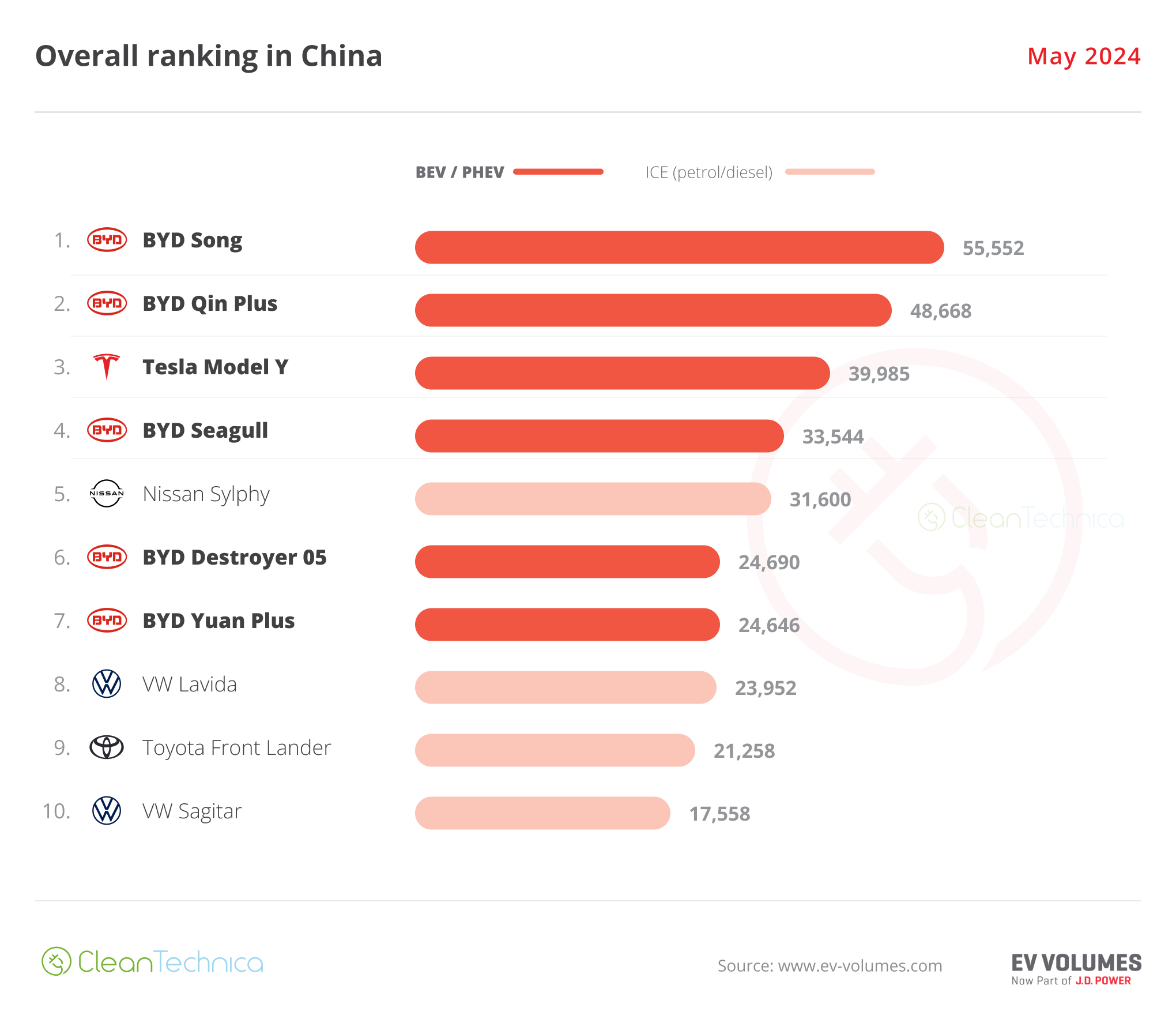Sign up for daily news updates from CleanTechnica on email. Or follow us on Google News!
Over 6 million electric vehicles will ply the streets of the Philippines by 2030, if the forecast of the Electric Vehicle Association of the Philippines (EVAP) as announced at the 11th Philippine Electric Vehicle Summit (PEVS) 2023 becomes reality.
“It is a huge number from where we are starting now, but given the upward thrust of the industry, the support of Malacañang and all the government agencies involved and the quick adoption by the private sector of all forms of electric vehicles, this target is doable,” Edmund Araga, EVAP President, told CleanTechnica as he also pointed out the crucial role of promoting and implementing Republic Act No. 11697 or the Electric Vehicle Industry Development Act (EVIDA).
“Our estimates show that for now until 2030, over half of the projected 6.6 million e-vehicles will still be two-wheeled vehicles. Currently, approximately 60 percent of e-vehicles in the Philippines are two-wheelers,” Ferdinand Raquelsantos EVAP’s chairman emeritus said as he shared insights on the industry in a press conference that preceded the event. He also emphasized how Executive Order No. 12, that supplements the EVIDA law came into play to push more EVS in the country.
Based on this prediction, there will be 3.6 electric million motorcycles by 2030, and based on current sales trends, electric tricycles may account for 1.2 million units or 25% of market share. This means that remaining 15% will be shared by electric buses, commercial vehicles and equipment 600,000 (10%) leaving about 5% or 300,000 for cars from now until 2030.
The bold forecast for the Philippine EV market hinges on the effective implementation of government policies to expedite growth, especially in manufacturing and essential infrastructure such as charging stations. However, these estimations are dynamic and will change as government policies become more responsive to market needs and as more people adopt EVs.
It is noteworthy that EVAP played a pivotal role in formulating and developing the law that came into effect on April 15, 2022. This law sets out the government’s policy of energy efficiency, conservation, sufficiency, and sustainability.
The Biggest So Far
This year’s PEVS is the most extensive yet, featuring electric cars from almost every car maker and distributor in the Philippines. The 10th show had only the major players like Nissan, Mitsubishi, and Hyundai and a spattering of small- and medium-sized vehicle makers showing off their fleets.
The 11th PEVS has vehicles from Beijing Automobile Works (BAW) BYD, Chery, DongFeng, Geely, Great Wall Motors (GWM), Honqui, Hyundai, Jetour, Kia, Lotus, Nissan, and SAIC-MG on display. An all-EV brand called Moretti also showed off its super compact micro-SUV.
Visibly absent this year is Mitsubishi Motors, which since the start of the PEVS has displayed an evolution of the variants of its Mitsubishi Outlander PHEV. Other car makers with EVs and hybrids in their current or upcoming line up that did not make it to the 11th PEVS include GAC, Omoda, and Toyota.
An estimated 100,000 visitors have flocked to the 11th PEVS, which was held over three days from October 19 to 21 in three halls of the SMX Convention Center in Pasay City. Close to 100 exhibitors and booths were present.
Who Did What
Beijing Automobile Works, or BAW, displayed the Pony micro car, a four-seater super compact car with a range of up to 180 km on a single charge and a top speed of 100 km/h. The rear-wheel drive EV is complete with air conditioning and a safety cell for passenger protection.
BYD launched the ATTO 3 — a significant event for the EV market in the Philippines. BYD is one of the world’s leading EV manufacturers, and the ATTO 3 is one of its most popular models. The launch of the car is expected to boost EV adoption in the Philippines and to make EVs more accessible to Filipinos because of the “Ayala EV ecosystem.”
The ATTO 3 is a compact electric SUV with a range of up to 415 km on a single charge. It is powered by a single electric motor that produces 201 horsepower and 310 Nm of torque. The ATTO 3 is expected to be launched in the Philippines in November 2023.
Chery displayed three EVs: the Tiggo 7 Pro PHEV, the eQ1, and the eQ7. The Tiggo 7 Pro PHEV is a plug-in hybrid electric SUV with a range of up to 50 km on pure electric power. The eQ1 is a subcompact electric car with a range of up to 300 km. The eQ7 is a compact electric SUV with a range of up to 500 km.
Dongfeng, which through the Diamond Auto Group EV Corp was responsible for bringing in the first EV to the Philippines, showed the latest version of the Rich6 EV, the EV Nano Box, and the EV EC31. The Rich6 EV is a midsize SUV with a range of up to 510 km on a single charge. The EV Nano Box is a small commercial vehicle with a range of up to 330 km on a single charge. The EV EC31 is a subcompact SUV with a range of up to 280 km on a single charge. The company is currently in the process of setting up a nationwide network of EV charging stations.
Honqi displayed the ultra-luxury EHS9 SUV EV, which has a range of up to 462 km on a single charge and can reach a top speed of 200 km/h.
Hyundai Motor Philippines (HMPH) showcased its two all-electric models, the IONIQ 5 and IONIQ 6. Both were hailed as the World Cars of the Year. The 5 won in 2022, while the IONIQ 6 won the same title this year.
“It’s good to be back, gracing this stage again. Sharing best practices and talking about a unified goal — which is green mobility. For us at Hyundai Motor, more than the vehicle, it’s the lifestyle. So, our IONIQ line was really designed to allow its owners to not just drive electric, but live electric. Which is why for those who are ready to plug in and accelerate their EV journey, the brand is making it easier to transition,” said Dongwook Lee, President of Hyundai Motor Philippines, during the plenary session on October 19.
Great Wall Motors (GWM) through its local distributor presented the Ora 3 — a wonderfully compact, sleek, and stylish EV, with a rounded front end and a sloping roofline. It is powered by a single electric motor that produces 135 horsepower and 210 Nm of torque. It gets its power from a 48.8 kWh lithium-ion battery pack, which gives the Ora 3 EV a range of up to 400 km on a single charge. The Ora 3 EV can accelerate from 0 to 100 km/h in 8 seconds and has a top speed of 160 km/h.
Jetour showed the Ice Cream EV, a boxy, retro-inspired electric crossover with a range of up to 170 km on a single charge. The Ice Cream EV is powered by a single electric motor that produces 122 horsepower and 190 Nm of torque.

Side by side and both sporty. The MG4EV costs P1,468,888 while the Lotus Eletre is P10 million. (Photos by Deriq Bernard Tribdino)
Lotus presented the Eletre, a high-performance electric SUV with a range of up to 600 km on a single charge. It is powered by a dual-motor electric powertrain that produces up to 905 horsepower and 726 lb-ft of torque. The Eletre can accelerate from 0 to 100 km/h in just 2.7 seconds. It will sell at P9.99 million, but final SRP is expected to be around P10.999 million.
A newcomer is the Moretti Super Compact Micro-SUV, a new electric microcar with a range of up to 200 km on a single charge. It is powered by a single electric motor that produces 48 horsepower and 120 Nm of torque. The Super Compact Micro-SUV is a small and agile EV that is perfect for city driving.
SAIC’s MG brand exhibited the ZS EV and the 5 EV. Both are subcompact electric SUVs. On one hand, the ZS has a range of up to 335 km on a single charge. It is powered by a single electric motor that produces 134 horsepower and 350 Nm of torque. It is one of the most affordable EVs on the market. On the other hand, the SAIC-MG 5 EV is a compact electric station wagon with a range of up to 502 km on a single charge. It is powered by a single electric motor that produces 154 horsepower and 280 Nm of torque. The 5 EV is a practical and affordable EV that is well-suited for Filipino families.
Special Mention: The Nissan LEAF
Kudos must be given to the vision of Nissan Philippines and the Nissan LEAF.
The Japanese car maker displayed the latest variant of the LEAF and has been supporting the PEVS since 2018. Aside from the Toyota Prius, the LEAF is the only other electrified car in the Philippines and is the pioneer all-electric vehicle in the country. It is also one of the most popular EVs in the world since its release in 2009.
The LEAF has a range of up to 311 km on a single charge and can accelerate from 0 to 100 km/h in 7.9 seconds., and it has played a significant role in developing the EV market in the Philippines.
The LEAF helped to raise awareness of EVs in the Philippines. Its success has shown that EVs are a viable option for Filipino consumers, and it has encouraged other automakers to launch their own EVs in the country. It has also helped to develop the EV infrastructure in the Philippines. Nissan has installed a number of charging stations in its own dealerships around the country, and it has partnered with other companies to develop more charging infrastructure.
The Nissan Leaf is a pioneer electric car that has played a significant role in developing the EV market in the Philippines. It is an affordable, practical, and reliable EV that is well-suited for Filipino consumers.
What The EVIDA Does
According to the EVIDA Law, corporate entities and government agencies are mandated to include electric vehicles (EVs) as a minimum of 5% of their vehicle fleets. This law also grants EV users dedicated parking spaces equipped with EV charging stations in both public and private facilities, ensuring convenient recharging. Additional incentives under this legislation encompass exemption from traffic coding regulations, priority registration, and expedited franchise application processing for public transportation fleets.
In order to bolster the local electric vehicle (e-vehicle) manufacturing sector, EVAP executives advocate for government incentives. The Department of Trade and Industry is actively exploring a program similar to the Comprehensive Automotive Resurgence Strategy, which will provide subsidies for domestically-produced e-vehicles and their components.
Furthermore, Executive Order (EO) 12 plays a pivotal role in enhancing the cost-competitiveness of e-vehicles within the Philippine market. This EO eliminates tariff rates on completely built-up imported e-vehicles for a period of five years. EVAP is also encouraged by the exemption of e-vehicles from excise tax and a 50% reduction in excise tax for hybrid vehicles, thanks to the Tax Reform for Acceleration and Inclusion Law.
What Is Next For PEVS?
“Working hand in hand with our partner, the Department of Energy, we are determined to expedite the nationwide rollout of EVs as outlined in the Comprehensive Roadmap for the Electric Vehicle Industry (CREVI),” stated EVAP President Edmund Araga. The CREVI acts as a guiding framework for the comprehensive implementation of the EVIDA Law.
A significant highlight of this year’s PEVS is the launch of the United Nations Industrial Development (UNIDO) Project, which aims to accelerate the adoption and scaling of electric mobility for low-carbon city development.
The 11th Philippine Electric Vehicle Summit is organized by EVAP and hosted by the Manila Electric Company (MERALCO) in partnership with the Department of Energy (DOE) and Nissan Philippines, Inc.
Have a tip for CleanTechnica? Want to advertise? Want to suggest a guest for our CleanTech Talk podcast? Contact us here.
EV Obsession Daily!
I don’t like paywalls. You don’t like paywalls. Who likes paywalls? Here at CleanTechnica, we implemented a limited paywall for a while, but it always felt wrong — and it was always tough to decide what we should put behind there. In theory, your most exclusive and best content goes behind a paywall. But then fewer people read it!! So, we’ve decided to completely nix paywalls here at CleanTechnica. But…
Thank you!
Community Solar Benefits & Growth
CleanTechnica uses affiliate links. See our policy here.








